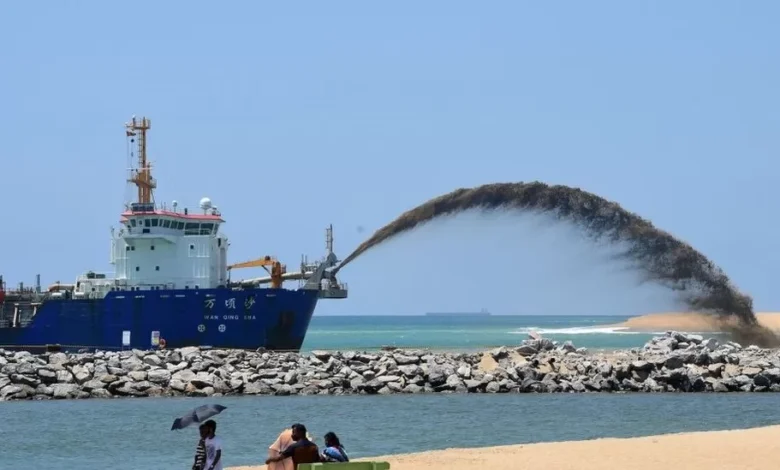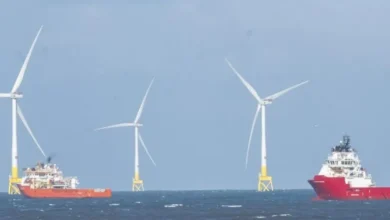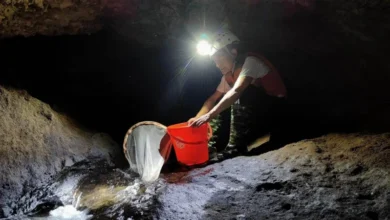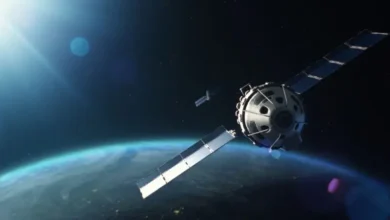Sand dredging devastating ocean floor, UN warns

Around six billion tonnes of sand is dredged from the world’s oceans every year, endangering marine life and coastal communities, the UN says.
Sand is the most exploited natural resource in the world after water and is used to produce concrete and glass.
The UN Environment Programme (UNEP) said some vessels were acting as vacuum cleaners, dredging both sand and micro-organisms that fish feed on.
This means that life may never recover in some areas.
The new data coincides with the launch of a new analysis tool called Marine Sand Watch that monitors dredging activities using marine tracking and artificial intelligence.
“The scale of environmental impacts of shallow sea mining activities and dredging is alarming,” said Pascal Peduzzi, who heads UNEP’s analytics centre GRID-Geneva.
The new platform estimates that out of some 50bn tonnes of sand and gravel used by humanity each year, an average of six billion tonnes come from the world’s oceans and seas.
This is the equivalent of “more than one million dump trucks every day”, Mr Peduzzi said.
The marine environment must be given time to recover, he said, adding that “it’s not sustainable”.
Large vessels were “basically sterilising the bottom of the sea by extracting sand and crunching all the microorganisms that are feeding fish”, Mr Peduzzi said.
Sometimes the sand is dredged to the bedrock, meaning marine life may never recover, he added.
The UNEP recommended that sand dredging should also be banned from beaches to protect coastal resilience and economies.
Sand is essential for constructing buildings, roads, hydroelectric dams and solar panels. It can also play an important environmental role, protecting communities from rising sea levels.
The South China Sea, the North Sea and the US east coast are among the areas where the most dredging has occurred, the report states.










